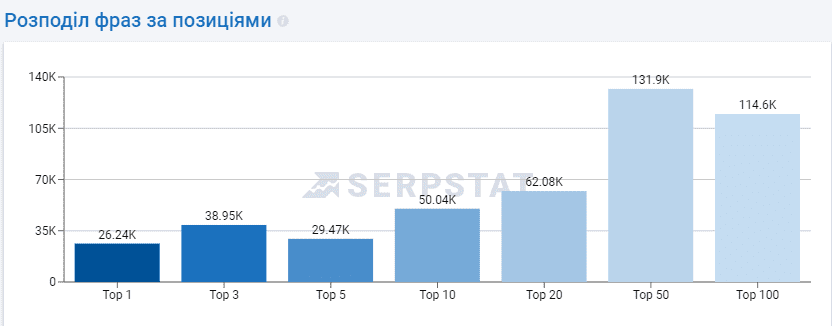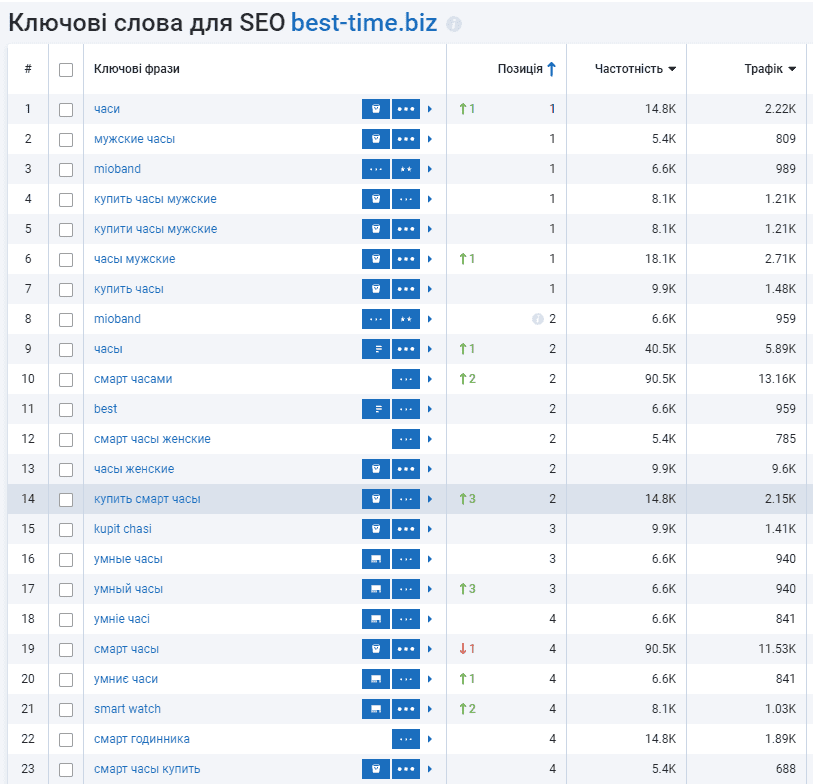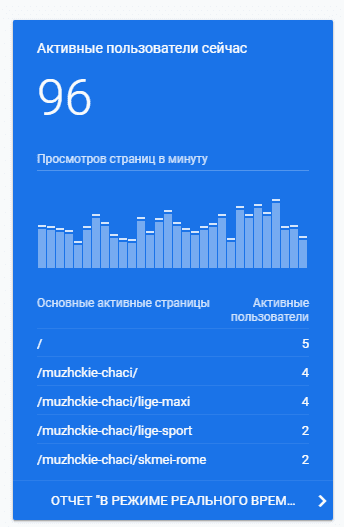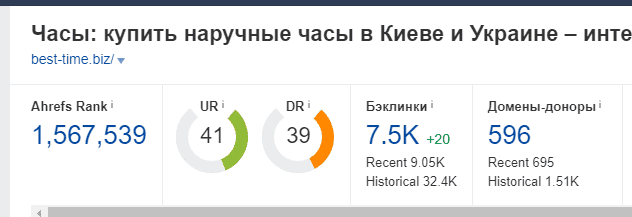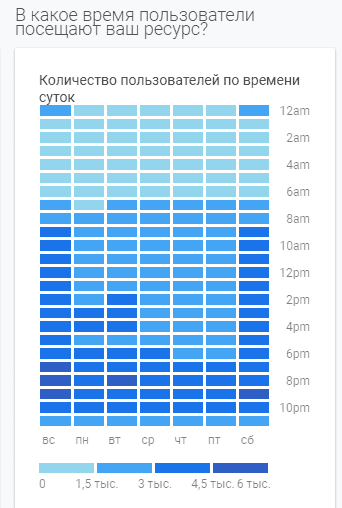Contents of the case
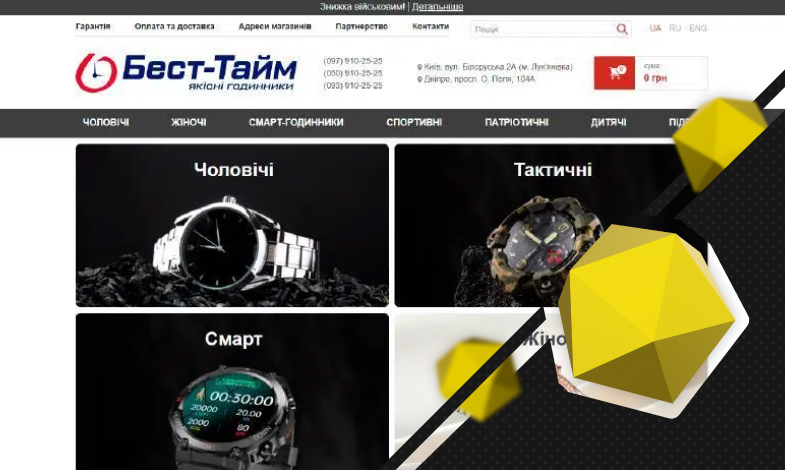
Media


Review
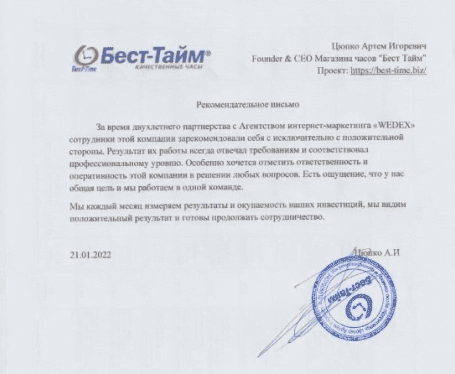
Initial data
Whole works
- /01Increase the visibility of the site
- /02Ranking in the TOP-3 for key queries
- /03Increase traffic and applications
- /04Increase website conversions
- /05Maintaining current positions
Overall promotion strategy
The promotion strategy for this site was quite specific, because at the time of contacting us, the site already had positions in many queries and very good traffic, but gradually began to stagnate. In addition, the spring quarantine had a strong impact on the work of many businesses and it was necessary to more actively develop sales from the site. To ensure that the introduction of quarantine restrictions does not give the business a drawdown in turnover.
If you take the overall strategy, then everything on the site needed to be reviewed – from technical optimization to improving usability and user interaction (UI / UX). But here it was very important to implement it all in the right order. If you look at the areas of work in general, then it was done:
- Working with technical optimization
- Working with internal anchor links
- Working with semantics and optimizing pages for queries
- Create new pages for LF requests.
- Informational content update and query optimization.
- Improving the mobile version to increase conversion
- Building links to maintain and grow targeted keywords
What was done
Semantics
The initial stage was to analyze all currently ranked requests and build a strategy for working with the site correctly so as not to lose the current ranking by requests and only increase it.
The client already had semantics that were measured and we had statistics on the dynamics of all measured keys. Plus, a new semantics was collected, which was not on the measurement. In addition, by uploading ranked keys to the Google Search Console, high-frequency and mid-range queries were found that gave good traffic while in the TOP 5-10, but could give more if they were caught up to the TOP 3.
Having collected all the semantics into a single file, we saw the real picture that is happening on the site.
Having divided the semantics into groups, seasonality was measured and groups of queries were calculated, which can be pulled up to the TOP to collect more traffic due to the increase in seasonality.
In order to properly implement this semantics on the site, you need to correctly distribute it across pages and correct the current content. To do this, you need to analyze competitors in the TOP and derive the formula for “ideal content” – text size, percentage of occurrences, water content, etc.
Content
After this analysis, some of the texts in the main categories were completely rewritten, and some were simply redrawn with optimization for occurrences. I want to note that the thematic content of the sites was very good and for new articles the previous ones were taken as a basis. Taking into account the structure of the text on each page, headings H2 / H3 were written with the occurrence of keys, if necessary.
Also, the texts were correctly formatted in terms of the presence of headings, bulleted and numbered lists, the presence of internal anchor linking to priority categories and sections.
The next area of work was the technical and internal optimization of the site – there was a very weak loading of the site, the presence of a large number of errors in the code, the work of language tags was incorrectly organized, the work of pagination pages was incorrectly configured. Several TORs for the programmer were formed, which were divided according to prioritization for implementation and constant control over the introduction of technical tasks.
The next point of work with the site was the optimization of the indexing of the site, since there was no correspondence with the issuance of the download and the site map. In addition, the site had pages in Google’s SuplementalIndex (Google snot), which can have an extremely negative effect on indexing. The analysis of the pages in the issue through the Google webmaster was carried out. The website has rebuilt the robots.txt file. Updated the principle of generating a sitemap. All pages with dynamic parameters and those that were closed in snot by meta robots. After that, we closely monitored the data in the Google console.
Structure extension
The next step was to expand the structure for a huge pool of low-frequency requests. It was possible to implement this functionality with little blood with the help of the so-called SEO filter, which, according to the technical parameters of the product, forms a static page with unique meta tags and content. Thus, we attracted a large number of long queries with a frequency of up to 5. For the correct indexing of such pages on the site, it was necessary to implement the functionality of internal linking to such pages and update the formation of the site map taking into account these pages.
Also, when collecting semantics, midrange queries were found, for which new categories were created and filled with text.
All this made it possible to increase the number of useful pages on the site and in the index, in order to keep up with the main competitors in the search results.
Introduction of micro-markups
In order to expand the snippets in the search results and increase their click-through rate (ctr), it was necessary to introduce microdata. In fact, this will give an increase in traffic even without changing the positions of requests. Several micro-markups were taken as a basis, which can expand the SERP issuance:
- Breadcrumbs
- Product
- AggregateRating
- Review
- FAQ
Since the FAQ cannot be output from any of the other micro-markups, there was a little experiment on which one to output more efficiently. But after Google cut down the functionality of the FAQ markup, they made an emphasis on most pages on AgregateRating and Product
USABILITY+Conversion
Since the design of the site was quite old, and updating it completely is fraught with drawdowns in positions, etc. then it was decided to analyze the usability of the site both on the desktop and separately with an emphasis on the mobile version. Conducted competitor analysis
- by the presence of functionality that increases conversion;
- on site flaws that can lead to the loss of orders
- block structure of competitors’ pages and their implementation on mobile adaptive pages.
In addition, YandexMetrica was temporarily installed on the site and the functionality of Webvisor and click maps were connected – where it was possible to see how users interact with the site.
From this analysis, a huge TOR was formed with various options for solving issues and problems. Since the client is the owner of the business and independently manages the context + he could conduct some experiments and experiments in appearance, he has an understanding of the interaction of the target audience with the site. A meeting was organized, on the basis of which points for implementation were identified.
This allowed us to improve interaction with the site, optimize the display of the site on mobile devices.
Link profile
Since the niche is very competitive and you have to compete with sites that are at least 2 times larger in terms of product and the number of internal pages, link promotion is one of the points of site growth and maintaining requests in the TOP. The most basic, it was necessary to decompose the current link profile of the site, detect low-quality external links and cancel them through the Google service. Then it was necessary to analyze the anchorage of links, distribution by pages, compare with the average value for the niche and work on link building with the smallest possible budget.
For this site, there was a very tight work with sites that are not on the exchanges – outreach. In order to get good links from thematic or near thematic sites for reasonable money.
After analyzing the current link site and all the main competitors in the search results, a link building strategy was drawn up. With a monthly selection of anchors, sites, writing texts and buying crowd links, to dilute the anchor and combine do / nofollow.
City Pages
Since Google, the further, the more it starts working with regional issuance and even substitutes site pages for general queries indicating the region. This is especially true for sites where there are offline representative offices in different cities. After analyzing visits for general requests in Kharkiv (there is a representative office there), 60% percent goes exactly to the regional page.
Results
| Options | At the beginning | After 12 months | Difference |
|---|---|---|---|
| Traffic per day | |||
| Traffic per day | 992 | 1996 | +210% |
| Website conversion | |||
| Website conversion | 1,25% | 1.72% | +40% |
| Number of transactions | |||
| Number of transactions | 1*Х | 2,2*Х | +220% |
| Increased visibility | |||
| Increased visibility | 19 | 40 | +210% |


